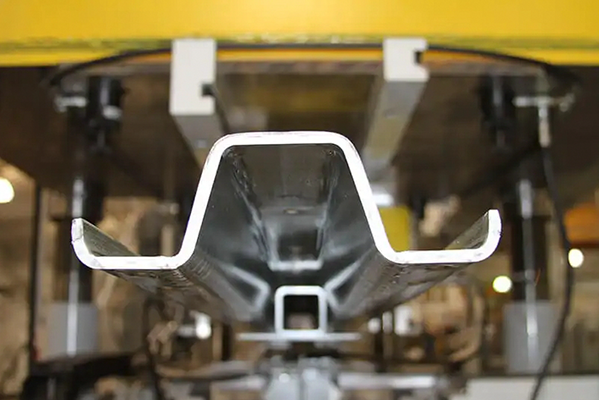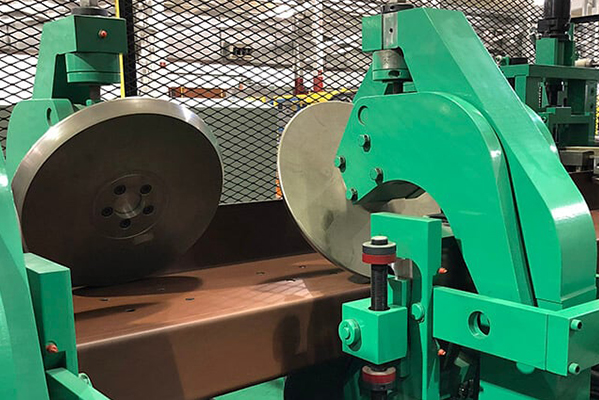Navigation Menu
Contact Us
- Email:
- info@wxavatar.com
- Address:
- Yurong Village, Yuqi Street, Huishan District, Wuxi, China.
Release Date:Apr 18, 2025 Visit:1 Source:Roll Forming Machine Factory
Roll forming is a versatile metalworking process that gradually shapes long strips of metal into desired cross-sectional profiles. The choice of material is crucial for achieving the required strength, durability, and functionality of the final product. Below are the most commonly used materials in roll forming.
1. Carbon Steel
Carbon steel is widely used in roll forming due to its strength, affordability, and ease of fabrication. It is available in different grades, with low-carbon steel being the most common for its good formability, while high-carbon steel offers increased hardness and wear resistance.

2. Stainless Steel
Stainless steel is selected for applications requiring corrosion resistance and a polished appearance. Common grades include 304 and 316, which provide excellent durability in harsh environments, making them suitable for architectural, automotive, and food processing industries.
3. Aluminum
Aluminum is a lightweight yet strong material that is easily roll-formed into complex shapes. Its natural corrosion resistance and malleability make it ideal for applications in aerospace, transportation, and construction. Common alloys used include 3003 and 5052.
4. Galvanized Steel
Galvanized steel is carbon steel coated with a layer of zinc to enhance corrosion resistance. This material is commonly used in roofing, siding, and automotive components where protection against rust is necessary.
5. Copper and Brass
Copper and brass are used in roll forming for their electrical conductivity and aesthetic appeal. These materials are often found in electrical components, decorative trim, and architectural details.
6. Pre-Painted or Coated Metals
Metals with pre-applied paint or protective coatings are used to improve appearance and longevity. These materials are frequently used in building facades, appliances, and other applications where both functionality and visual appeal are important.

Conclusion
The selection of material in roll forming depends on the specific requirements of the application, including strength, corrosion resistance, weight, and cost. By choosing the appropriate material, manufacturers can ensure optimal performance and durability of the final product.